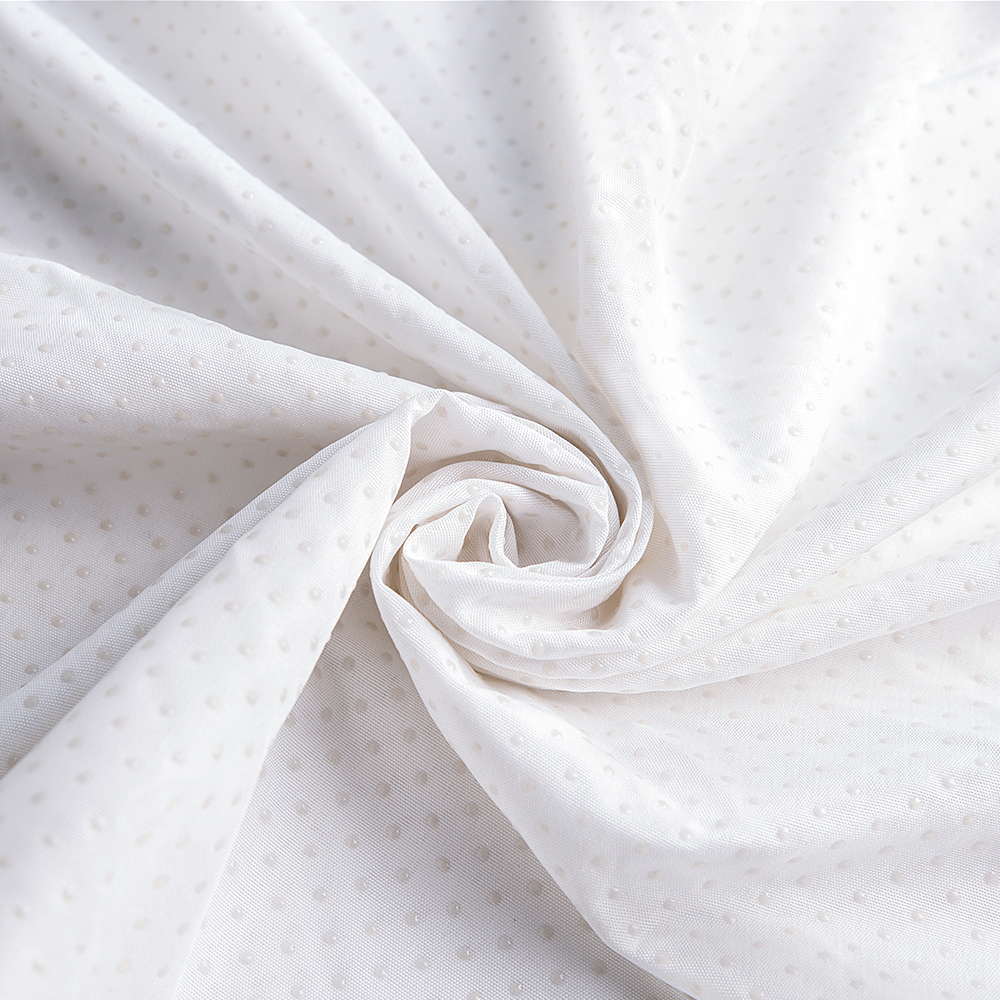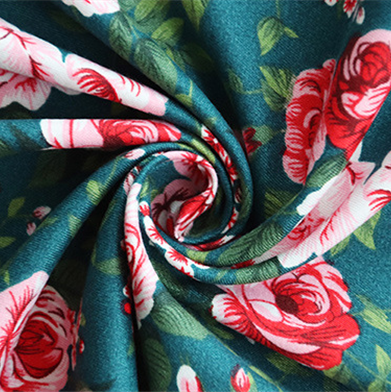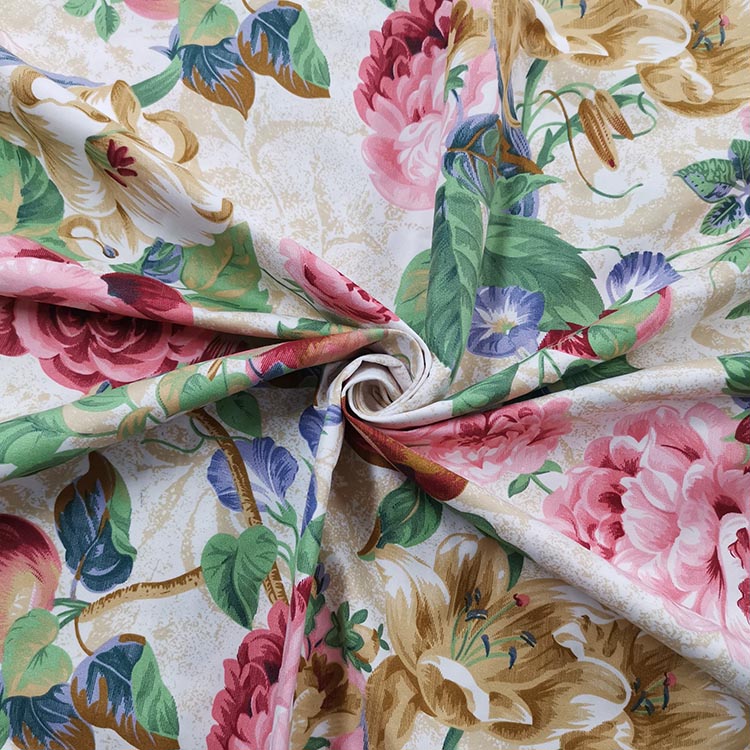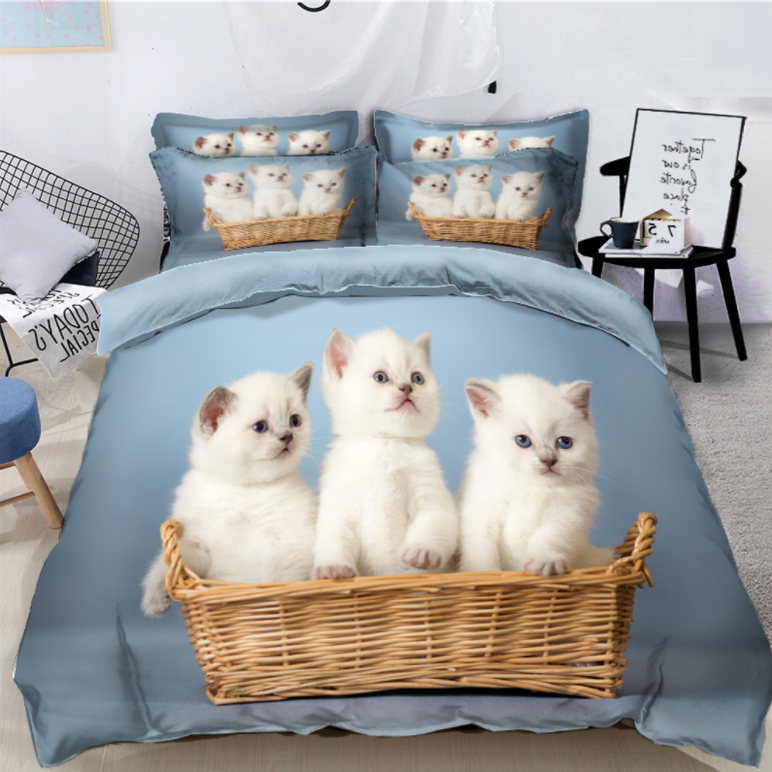Introduction: The Importance of Lining Fabric
Lining fabric is an essential component in garment construction that enhances comfort, improves durability, and elevates the overall aesthetic of clothing. Found in jackets, coats, skirts, dresses, and even bags, lining fabric not only provides a smooth interior surface but also protects the outer fabric from wear and tear. It allows garments to drape more elegantly and offers thermal insulation in colder climates. Understanding the different types of lining fabrics and their respective applications is crucial for designers, tailors, and manufacturers seeking high-quality results.
Types of Lining Fabric
Lining fabrics vary in material, texture, and functionality. Selecting the appropriate lining depends on the type of garment, the fabric used for the outer layer, and the intended purpose of the garment. Common types of lining fabric include:
Polyester Lining
Polyester lining fabric is widely used due to its affordability, durability, and easy maintenance. It is resistant to wrinkles and shrinkage, making it suitable for everyday wear garments like jackets, suits, and skirts. Polyester linings are smooth, allowing garments to glide easily over other clothing or skin, enhancing comfort and wearability.
Silk Lining
Silk is a luxurious lining material prized for its softness, sheen, and breathability. It is often used in high-end garments, evening dresses, and tailored coats. Silk linings provide natural temperature regulation, keeping the wearer comfortable in both warm and cool conditions. Despite its higher cost, silk remains a preferred choice for premium fashion garments due to its elegance and refined drape.
Acetate Lining
Acetate lining fabric has a smooth, satiny feel and offers excellent draping qualities. It is commonly used in formal wear, including blazers, suits, and evening gowns. Acetate is lightweight and provides a cool feel, but it may be less durable than polyester, requiring careful handling and maintenance.
Cotton Lining
Cotton linings are breathable and soft, ideal for casual wear and summer garments. They are comfortable against the skin, absorb moisture well, and reduce heat retention. Cotton linings are used in shirts, lightweight jackets, and dresses, providing a natural feel and eco-friendly option compared to synthetic linings.
Rayon Lining
Rayon, a semi-synthetic fiber, is known for its silky texture and excellent draping qualities. It is often used in tailored suits, jackets, and formal dresses. Rayon linings are breathable and lightweight, making them comfortable for long-term wear. They can mimic the look and feel of silk at a lower cost, providing a balance of luxury and practicality.

Functional Applications of Lining Fabric
Beyond aesthetics, lining fabrics serve specific functional purposes in garment construction. Understanding these applications helps designers select the right material for performance, comfort, and style.
Enhancing Comfort and Wearability
Lining fabrics create a smooth barrier between the outer garment and the wearer’s skin. They reduce friction, prevent irritation, and allow garments to glide over other layers of clothing. In tailored jackets or coats, linings facilitate easy movement while maintaining structure.
Improving Garment Durability
Linings protect outer fabrics from sweat, oils, and friction, extending the life of garments. Heavy fabrics, such as wool coats, benefit from linings that reduce wear on the inner surface and preserve the garment’s shape over time.
Thermal Insulation
Certain lining fabrics, like silk or polyester, can provide insulation, trapping heat and keeping the wearer warm. Winter coats, parkas, and lined jackets often combine functional insulation with aesthetic linings to achieve both warmth and style.
Moisture Management
Cotton and rayon linings absorb moisture effectively, reducing sweat accumulation and maintaining comfort in warm conditions. This property is especially useful in summer jackets, casual dresses, and breathable outerwear.
Choosing the Right Lining Fabric
Selecting the appropriate lining depends on several factors including garment type, intended use, climate, and desired aesthetic. Consider the following:
- Garment Function: Formal wear may benefit from silk or acetate linings, while casual wear can use cotton or polyester.
- Climate: Breathable linings like cotton or rayon are preferable in hot climates; insulated linings like polyester or silk suit colder regions.
- Durability: High-traffic garments like jackets require sturdy polyester or rayon linings to withstand wear.
- Aesthetic: The sheen and texture of linings can complement the outer fabric, enhancing the overall garment design.
Maintenance and Care of Lining Fabric
Proper care extends the life of lining fabrics and preserves the appearance of garments. Here are key considerations:
Cleaning Guidelines
Follow manufacturer recommendations for washing or dry cleaning. Silk and acetate linings often require professional cleaning, while polyester and cotton linings can be machine washed on gentle cycles.
Ironing and Pressing
Use low-heat settings for delicate linings to prevent damage or melting. Always test a small area first or use a pressing cloth when ironing silk, acetate, or rayon linings.
Storage Considerations
Store garments with linings in cool, dry environments to prevent mildew, discoloration, and fabric degradation. Avoid overcrowding in closets to minimize creasing and fabric stress.
Conclusion: The Essential Role of Lining Fabric
Lining fabric is more than just a functional addition; it is a critical component that enhances garment comfort, appearance, and longevity. From luxury silk linings to practical polyester and cotton options, choosing the right lining fabric depends on garment type, climate, and intended use. Proper selection, installation, and care of lining fabrics ensure optimal performance, contributing to high-quality garments that are comfortable, durable, and stylish.
Understanding the different types of lining fabrics and their specific applications empowers designers, manufacturers, and consumers to make informed choices, ultimately elevating the overall quality and satisfaction of the garments they create or wear.





 English
English
 中文简体
中文简体










